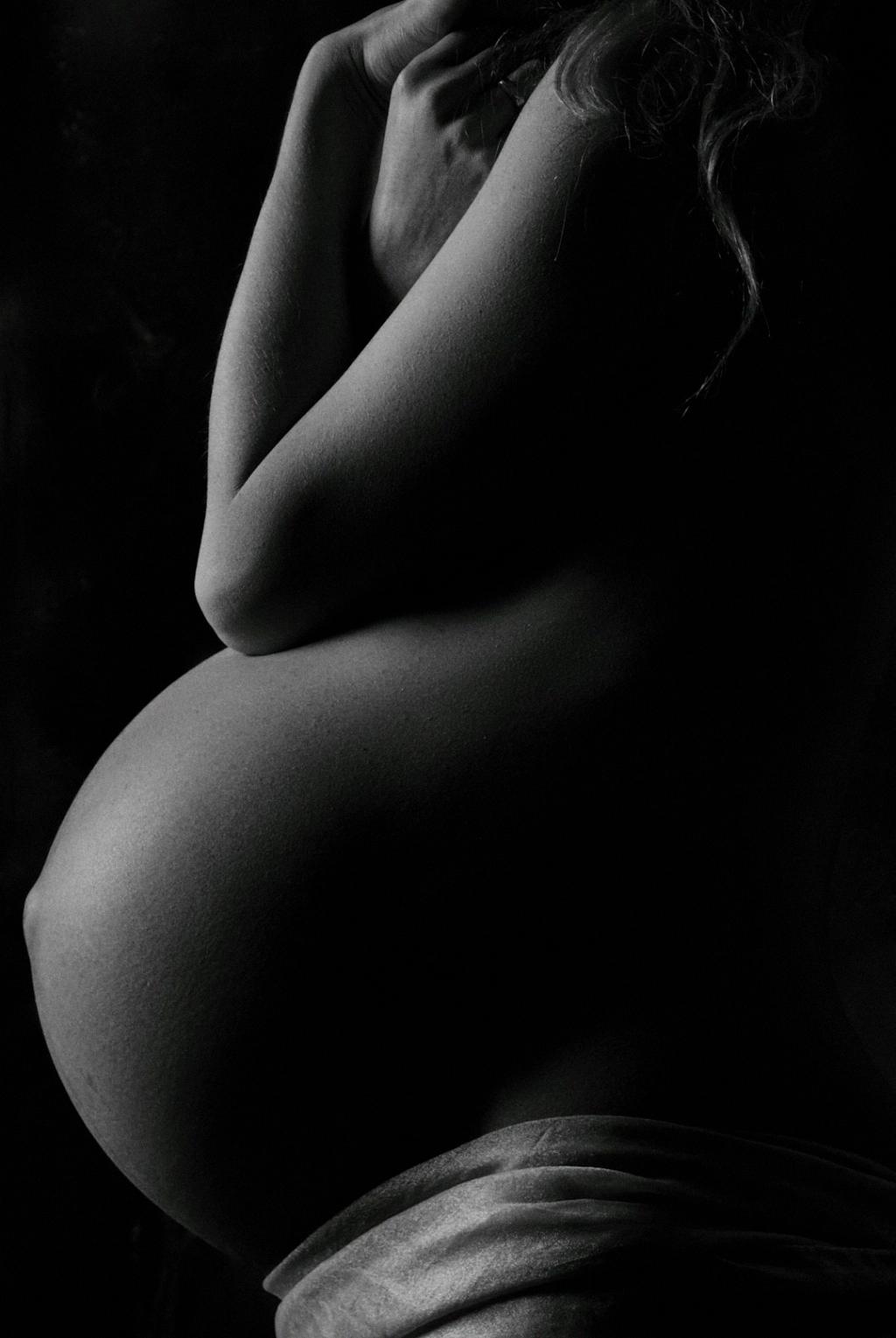When it comes to the possibility of pregnancy after undergoing bilateral salpingectomy, it is important to consider the effectiveness of this procedure. Bilateral salpingectomy involves the removal of both fallopian tubes as a form of sterilization. It is often recommended as a highly effective method of permanent birth control, particularly in cases where tubal sterilization has failed.
High Success Rate
Research and medical literature suggest that bilateral salpingectomy is associated with a very low risk of spontaneous conception post-procedure. In fact, there have been no reported cases of pregnancy following bilateral salpingectomy in the English language literature.
Rarity of Pregnancy Post-Salpingectomy
Given the rarity of pregnancy after undergoing bilateral salpingectomy, it can be considered an extremely reliable method of preventing conception. The removal of both fallopian tubes significantly reduces the chances of an egg being fertilized and implanted in the uterus.
Alternative Pregnancy Options
For individuals considering pregnancy after undergoing bilateral salpingectomy, there are still options available. Assisted reproductive technologies such as in vitro fertilization (IVF) can be utilized to achieve pregnancy. This allows individuals who have undergone bilateral salpingectomy to still have the opportunity to conceive.
Counseling and Support
It is crucial for individuals contemplating bilateral salpingectomy to receive comprehensive counseling regarding the potential implications on future fertility. Understanding the impact of the procedure on pregnancy options can help individuals make informed decisions about their reproductive health.
Long-Term Contraceptive Benefits
While the primary aim of bilateral salpingectomy is sterilization, it also offers long-term contraceptive benefits. The removal of the fallopian tubes not only prevents pregnancy but also reduces the risk of certain gynecological cancers, particularly ovarian cancer.
Continued Monitoring
Following bilateral salpingectomy, it is important for individuals to undergo regular health check-ups and monitoring to ensure overall reproductive health. This includes discussions with healthcare providers about any concerns regarding fertility or potential pregnancy.
Considerations for Family Planning
For individuals who have undergone bilateral salpingectomy and later desire pregnancy, it is essential to explore alternative options such as IVF or adoption. Understanding the range of possibilities for expanding a family can provide reassurance and support moving forward.
Emotional Impact
The decision to undergo bilateral salpingectomy can have emotional implications, particularly for individuals who may have desired future pregnancy. Seeking emotional support through counseling or support groups can help individuals navigate the complex feelings associated with the procedure.
Medical Advancements
Advancements in reproductive medicine continue to offer evolving options for individuals who have undergone bilateral salpingectomy and wish to pursue pregnancy. Exploring the latest technologies and treatments with healthcare providers can provide insights into potential avenues for conception.
Quality of Life Considerations
While the chances of pregnancy after bilateral salpingectomy are extremely low, focusing on overall quality of life and well-being is essential. Engaging in activities that promote physical and emotional health can support individuals in leading fulfilling lives post-procedure.
Final Thoughts
In conclusion, the likelihood of pregnancy after bilateral salpingectomy is remarkably rare based on current medical knowledge and research. However, individuals considering this procedure should thoroughly discuss their options with healthcare providers to make informed choices about their reproductive health and future fertility goals.

